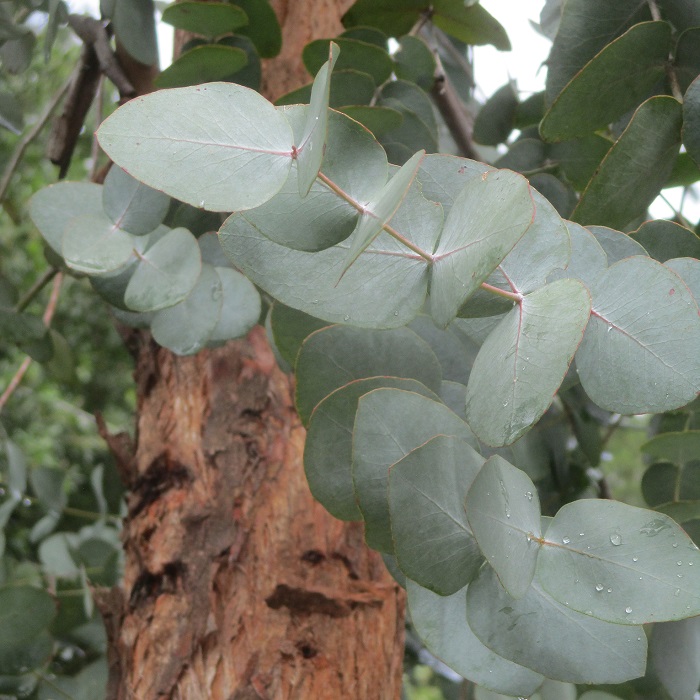UNITED STATES—Windy weather sometimes breaks limbs from trees or blows entire trees over. Evergreen trees are innately more susceptible to such damage than deciduous trees are. Wind can blow more easily through deciduous trees while they are bare through winter, when most wind occurs. However, deciduous trees are now more susceptible to sudden limb failure.
Sudden limb failure, or spontaneous limb failure, is a result of gravity rather than of wind. It is actually more likely without wind, during mild or warm weather, particularly with high humidity. It consequently has potential to be more hazardous than limbs that blow down. More people go outside among trees during mild weather, and fewer expect falling limbs.
Sudden limb failure occurs if limbs become unable to support their own increasing foliar weight. Warmth accelerates vascular activity, which sustains foliar growth. High humidity and a lack of wind inhibit evapotranspiration (evaporation from foliage), which otherwise helps to alleviate excessive weight. Developing fruit can also cause sudden limb failure.
Some degree of sudden limb failure is quite natural.
In the wild, willows, poplars, sycamores, and perhaps a few other riparian trees regularly and naturally exhibit partial sudden limb failure. Limbs that fracture and sag onto soil, but remain partially attached to their original tree, can generate roots and grow as new trees. Although their strategy is practical for them, it is unacceptable within refined landscapes.
Several native and exotic trees of chaparral climate are quite susceptible to sudden limb failure within or adjacent to irrigated landscapes. Since they are not accustomed to such abundant moisture, they overindulge. Mature wild trees are more likely to exhibit sudden limb failure after an unusually rainy and warm winter, or if rain continued late into spring.
All native oaks, particularly valley oak and coast live oak, are susceptible to sudden limb failure. So are Monterey pine and Monterey cypress. Carob, sweetgum, various elm and various eucalypti are exotic species that are notorious for such behavior. Evergreens are more unpredictable, since their new growth is less obvious among their lingering foliage.
Highlight: Argyle Apple
Such silvery foliage provides a bold display on such a substantial tree. Most comparably silvery foliage is of smaller perennials or shrubbery, such as agaves or artemisias. Agyle apple, Eucalyptus cinerea, grows intimidatingly fast to nearly thirty feet tall and almost as wide. Although shorter than most other eucalypti, it can get a 100 feet tall in the wild.
Paired juvenile leaves of young trees are circular and sessile (clinging directly to stems, without petioles). Unpaired adult leaves are lanceolate and as silvery as juvenile leaves. Coppicing or pollarding force juvenile growth and temporarily eliminate adult growth, but also ruin structural integrity. Trees subsequently rely on repetition of the same technique.
Trunks and limbs can be disproportionately bulky, and create an illusion of a bigger tree. Irregular branch structure can be sculptural. Fibrous brown bark has a handsome texture. Juvenile foliage is a popular accessory to cut flowers. Adult foliage is likewise delightful. Incidentally, the Latin name of this species often transposes for Eucalyptus pulverulenta.
Horticulturist Tony Tomeo can be contacted at tonytomeo.com.






